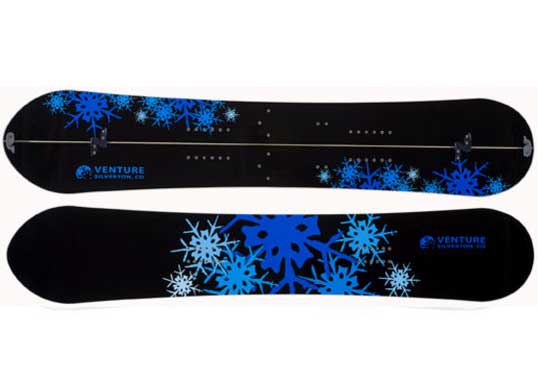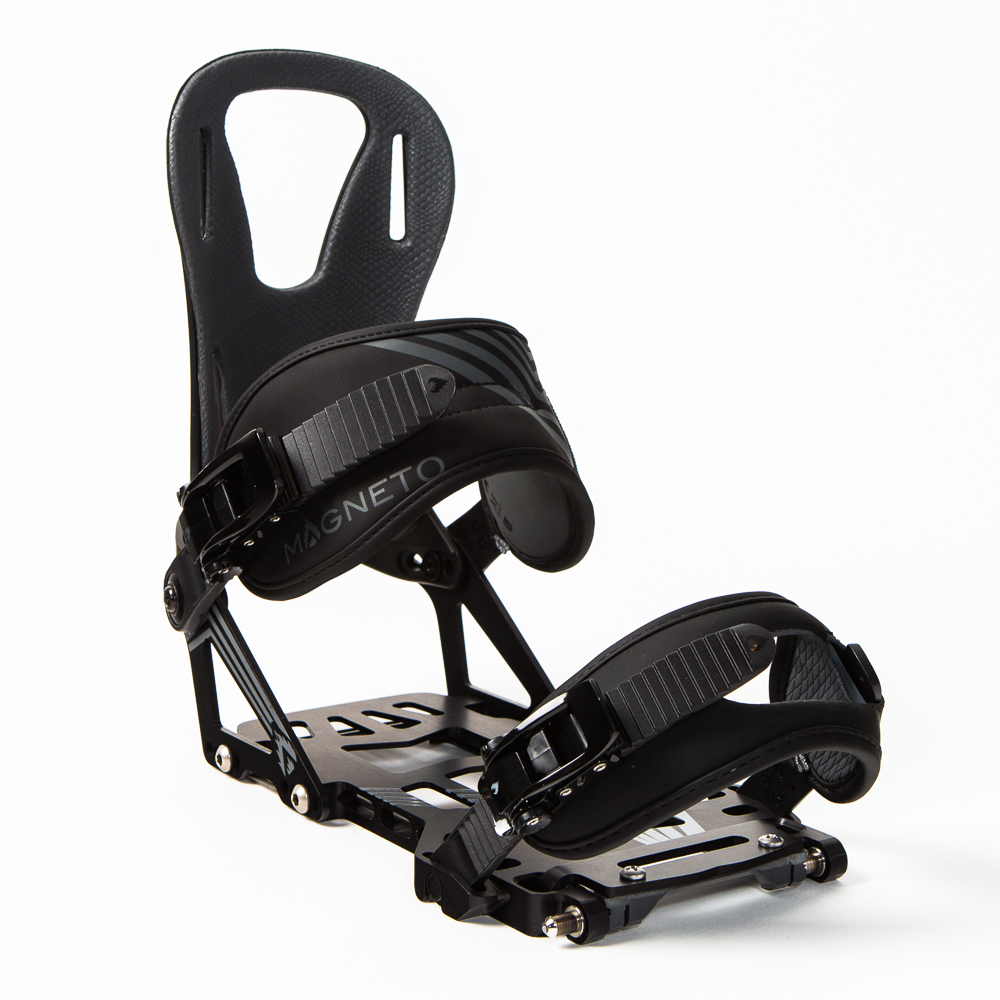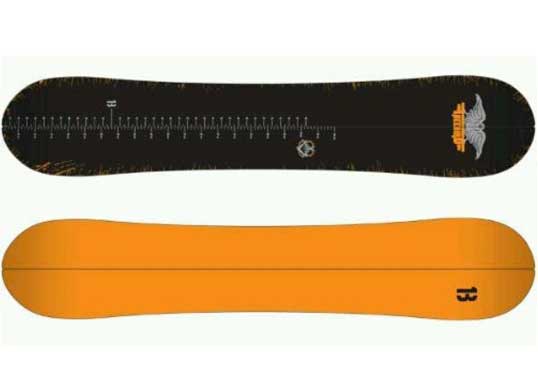How to Splitboard
Splitboarding is a type of snowboarding used to access the backcountry, much like alpine touring or ski mountaineering. A splitboard consist of 2 separate half’s of a snowboard that are detached from each other and used as skis to climb, ascend, and approach the mountain. Once to the top, the two half’s of the snowboard are connected back together using specialized hardware specifically made for splitboards and the rider can then begin their decent.
A splitboard solves the problem of climbing in deep snow by allowing the individual to float on top of the snow and be more efficient at climbing the hills.
To get started Splitboarding you will need a few things different that snowboarding at a resort.
1. Splitboard
Splitboards are specially designed snowboards that separate into two half and can be used as ski to climb the mountain. If you want to splitboard, you are going to need one of these.
2. Splitboard Kit
A splitboard kit provides the necessary tools and hardware to disassemble the snowboard and convert it to ski’s for climbing. The hardware also provide the specialized pieces to return the ski’s back to a snowboard. Volie makes the most populate splitboard hardware kit, and has been the standard in splitboarding for over a decade. Most purchased factory made splitboards have holes pre-drilled for the Volie splitboard interface. However, there are many new companies starting to change the way splitboard hardware is made and used.
3. Bindings
While you can use normal snowboard bindings with the Voile splitboard hardware, there are many companies that now make splitboard specific snowboard bindings. Spark R & D, and Karakorma have been on the leading edge of splitboard specific bindings. Additionally, some still choose to ride hard boots or new versions of click in boot/binding systems. To get started, the best investment is to start with something familiar and within your budget.
4. Splitboard Skins
Skins attached to the bottom of the splitboard ski base provides a solid platform for climbing up hill in snow without slipping backwards. Skins often times are attached at the tip and tail of the splitboard ski with an adhesive backing that sticks to the base of the ski. G3 makes some of the best splitboard specific skins with a proven tip and tail attachment that has been proven over many hours spent on the snow.
5. Poles
Trekking poles are often used for splitboarding. While they are not necessary, they are very helpful for a beginner or advanced splitboarder when the terrain becomes difficult. Most ski poles used by splitboarders are adjustable in height. When navigating dynamic terrain it’s very helpful to have poles that can be adjusted.
6. Crampons
Crampons are used in addition to skins to aid in ascending the mountain. Crampons provide a more solid edge when traversing the mountain. Crampons mount under the foot and are securely attached to the board, and do not rotate with the binding. Crampons help increase traction in steep traverses, as well as icy and exposed areas.
Additionally, the Voile crampon works in what’s called “mobile mode” where the crampon is attached to the binding plate and rotates with the binding during the ascent. This increases efficiency on less dramatic inclines. Other companies like Karacorma offer crampons specifically for their bindings that are in full pivot mode the entire time. However the front teeth are always engaged during strides due to the forward design of the crampon.
6. Safety Gear
There are a few must have items when traveling into the backcountry. Safety in the backcountry starts with knowledge. Before venturing out on a splitboard you should know about the avalanche conditions, location you are going to, the weather conditions, and have an approach plan. Also, you should have your basic safety equipment like a shovel, probe, helmet, and beacon or transceiver.
In addition to the basic safety equipment, there are some great new technologies that are available on the market. Black Diamond makes an Avalung, that redirects CO2 away from fresh air that you may breathe when buried under the snow. There are also many avalanche air bag on the market. While they are very expensive, they provide some trauma protection and make the rider more buoyant in the avalanche snow. There have been very high success rates with these types of packs, but they are very expensive investment.
7. Other Optional Gear
There are many other gear and tools splitboarders like to carry into the hills. A lot of times this depends on where you are going and how long you will be gone. Some other popular items to bring a long are snacks (hiking a mountain is hard work), Bivies and other Survival gear, tools, radios, spare parts,
A good backpack is also a good investment. There are many backpack specifically made for ski touring and mountaineering that have compartments for shovels, probes, and other essentials.
Conclusion
Now that you know the essentials of backcountry splitboarding it’s time to get your shopping list together. Our goal is to provide a great resource for those interested in getting into splitboarding. If you want to know more in detail check out our Beginners Guide to Splitboarding.



























